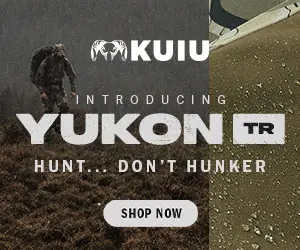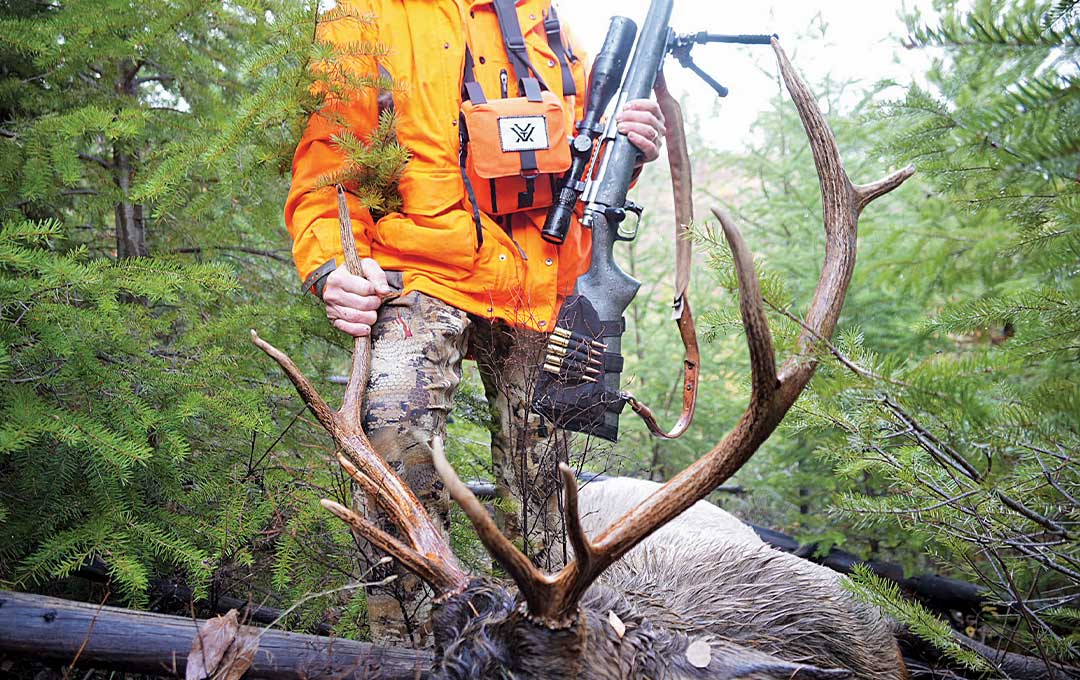
NOTICE: Certain links on this post may earn a commission for Western Hunter Magazine from Amazon or our other affiliate partners when you make a purchase. Thank you for your support.
Close Quarter Glassing
There are a few game changers when it comes to gear and successful western big game hunting; optics are at the top of that list. High-quality optics and good glassing tactics are one of the most consistent factors in filling tags. I have found over the years that those who use their optics see more game, but glassing is not just a long-range tactic. My binos live on my eyes in both close and far hunting scenarios. Long-range glassing is important, but if you are not properly close-quarter glassing, you are not fully utilizing one of the best tools available. I am going to cover my five best close-quarter tactics to help you spot more game and get busted less.
The Timber Roll
Optics are heavily underutilized when hunting in timber. In thick cover, the name of the game is “spot them before they spot you.” A large majority of the elk I guide hunters to take are spotted in close timber when my naked eye would have missed them.
As I move through the timber, I use my binos to scan, looking for pieces of the animal. I then roll the focus to gain clarity on objects at varying distances. Doing this gives me an advantage over just my naked eye by allowing me to focus past all the brush and trees in the way. It allows me to look deeper in the cover I am walking through and pick out animals before getting busted.
When I am moving through a good area of cover, I take a step, look, then put up my optics, scan, scroll the focus to difference distances to make sure I cover it all, then step, and repeat.
It always amazes me how an animal the size of an elk can be invisible less than 100 yards away. This year, while moving in on some bugling bulls in the timber during the archery season, I used the timber roll tactic to spot branches moving 75 yards away through the thick cover. I quickly realized as I rolled the focus that it was the antlers of a raking bull. I would have blown a great opportunity if I left spotting that tine through the trees to my naked eye, and I have better than 20/20 vision.
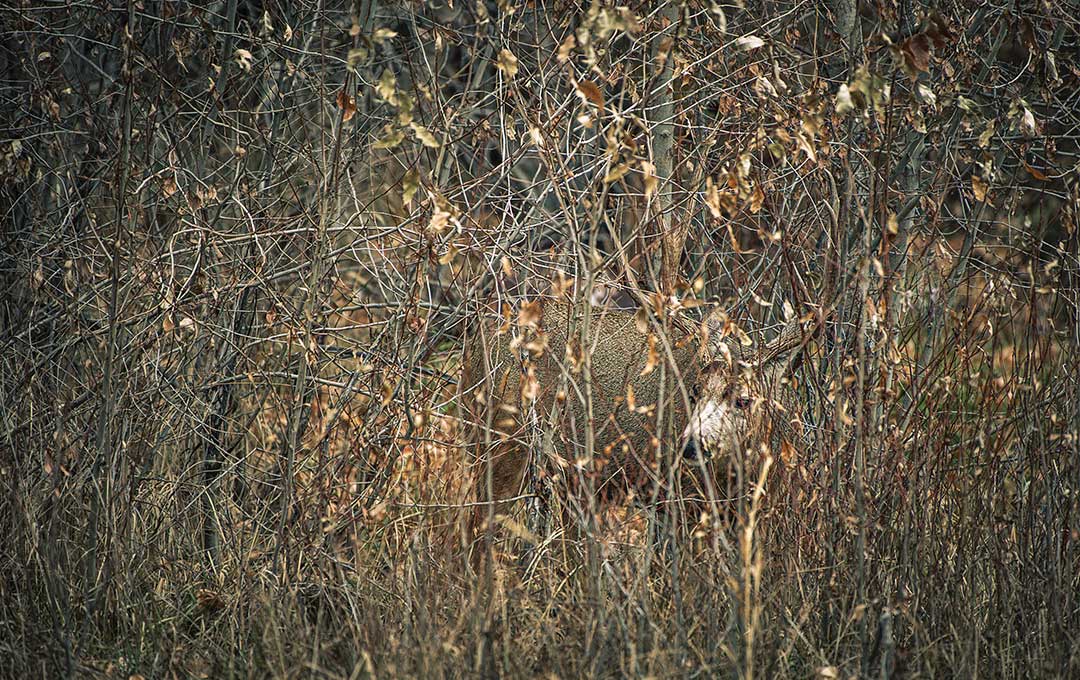
Shade Breakers
During the middle of the day, I find a ton of success, especially when I am bowhunting. For me, stalking a bedded animal tends to yield the best opportunity for a shot. Knowing this and knowing that most game animals seek shade and cover to bed during the day, hunting for good shade and bedding is a no brainer.
I have found that getting into rifle range (300-600 yards) of good potential bedding areas, breaking out the spotting scope or binos on a tripod, and really picking apart the dark, shaded pockets has upped my hunt opportunities tenfold.
Looking into shade from distance, you may find animals, but to really cover bedding areas where I have seen animals go in or places that have high contrast and harsh glassing light, you have to get closer. I have found that by getting a closer vantage, then using high-powered optics, I am able to see detail that goes unnoticed in the heat waves at distance. By doing this, I capitalize on the midday lull and set myself up for a potential high-percentage stalk.
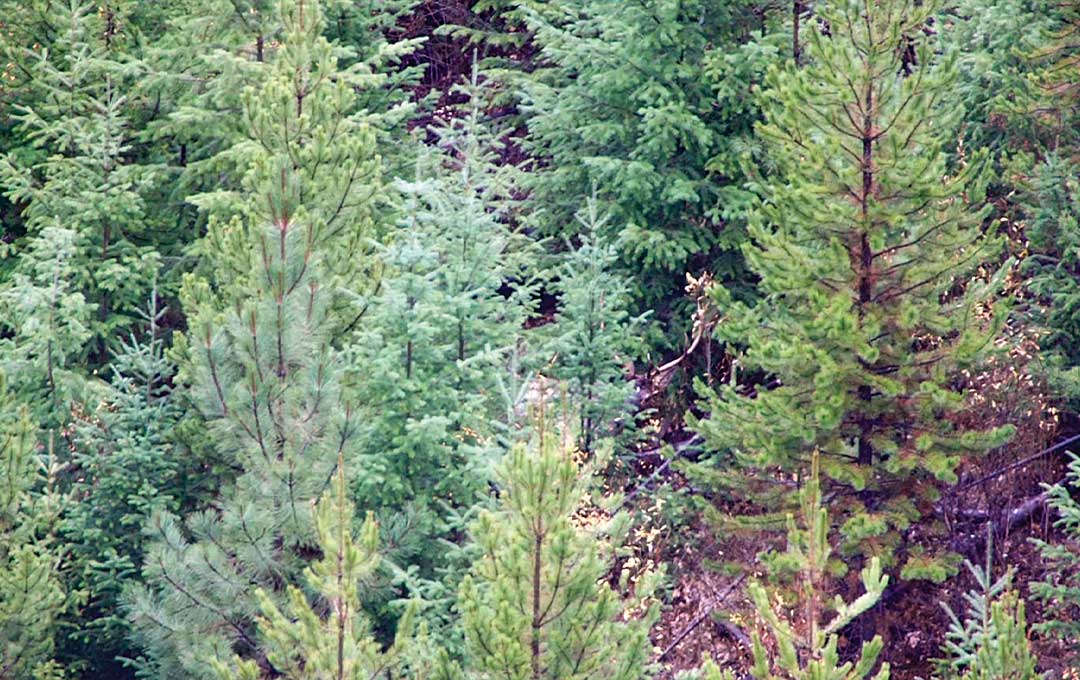
Baby Trees
Regen (regenerating forests) are seen years after a burn, large blowdown, or logging operation. This regrowth can turn once easy-to-spot elk and deer feeding areas into seas of small pines that hide nearly everything in them. While they can seemingly swallow entire herds of elk, these are great places to focus your attention for hard-to-find bulls and bucks seeking solitude.
These areas are tough to glass from afar, especially if they nearly cover the animals in them. I have found that using my binos or spotter from close vantages allows me the detail to pick out small parts and antler tips in the thick trees.
The best method for hunting the regen is to get on a ridge 200-500 yards away and grid-glass back and forth, covering the entire area and looking for the tiniest details. It can often seem tedious and unnecessary when you feel close enough to see it all with just your eyes, but I have pulled out more bucks and bulls than I can count doing this. If I have a tough week finding animals, this tactic is always my go-to.
This past season, while guiding in Montana, I picked out a bull across the canyon only 250 yards away that would have otherwise gone unnoticed. With just a tine sticking up, even at that close distance, he was nearly impossible to see. Safely nestled in the thick cover, the bull thought he was invisible, and he was nearly right. Without glassing the stuff that looks “too close,” my hunter would have gone home without filling his tag.
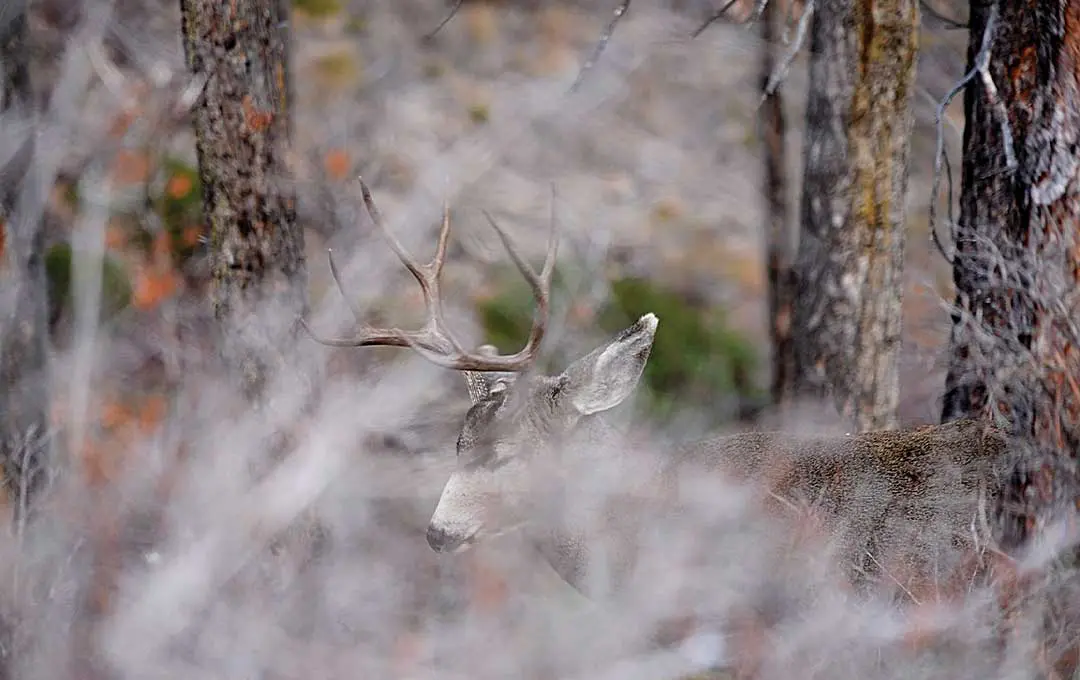
The New Country Scroll
One of the easiest mistakes to make while hunting is walking over a ridge and blowing out something just over the other side that you failed to see. You can combat this by using your binoculars to meticulously scan the new country below you as you peek over.
Even at close range, the back of a deer or elk, in just some light cover, can be hard to see with the naked eye. People often overestimate their ability to see animals up close. While some stand out, others get missed. Then, two steps later, it is too late. You are visible to them, and they blow out.
To prevent this, as I move over a ridge into new country, I slow down and glass the stuff near and far as it is revealed. I then take a step and re-scan. As each new bit is uncovered, I use my binos to look it over. Much like the timber roll, here you are using your optics to give you an advantage and covering the close country as you move. This tactic has saved me many times.
On a recent sheep hunt, I had climbed up a ridge after not seeing much in the basin we were hunting. As I crested over, scrolling the stuff below, the back of a sheep became apparent through the binoculars. The sheep were close! I backed out and got set up. Unfortunately, there was no legal ram in the group, but without regularly using this tactic, we would have blown the sheep out before we ever saw them.
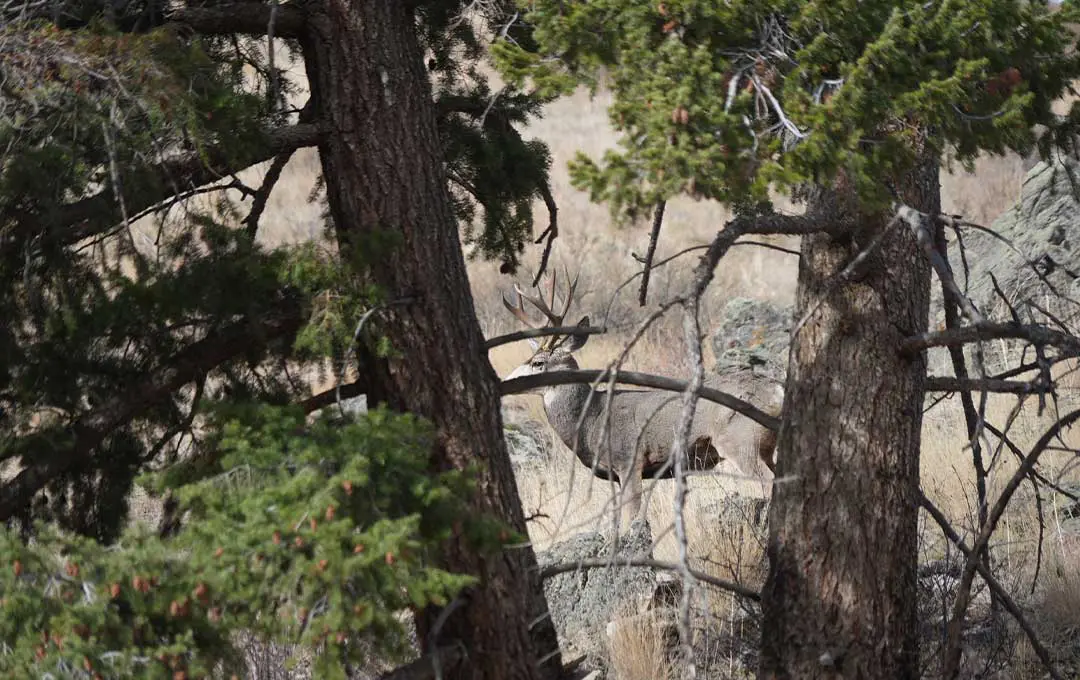
Stalk and Spot
I like to think of western big game spot-and-stalk hunting in two phases. First is the spot and stalk part – you see the animal, then stalk in. The second part happens as you move in. I like to call it the “stalk-and-spot” phase. You are already on the stalk, but you don’t want to blow that stalk after losing sight of the animal you are closing in on or by not being aware of other animals that may mess up your opportunity.
As I close in on a stalk, I use my binoculars as much or more than when I may have been set up and glassing for the animal in the first place. I put all the close-quarter glassing tactics together. If I am moving into an area of cover, I go slow and timber roll, looking past the obstructions to get eyes on my target animal.
I am also continually glassing into other close shade pockets to keep an eye out for other bedded animals. It seems like most of the animals I miss from afar are ones that went unnoticed while bedded in the dark shade pockets nearby.
Also, as I creep into the position where I last saw the animal I am stalking, I scroll the new country with every step. It is important that I see them before being seen.
Since animal eyesight is often multiple times better than ours, I like to even the playing field by using my optics at all distances. It always amazes me when I am hunting and observe people carrying optics but rarely looking through them. I would say that the biggest mistake most hunters make is using optics only to verify what their eyes see.
Hunters that regularly use their binoculars will out-spot others 100 to 1, whether looking up close or at long range. You have the ability to supercharge your eyesight. Just because you are not looking far does not mean that you can’t benefit from using your optics. By using your optics strategically in close-quarter scenarios, you will find a lot more success in the field.

